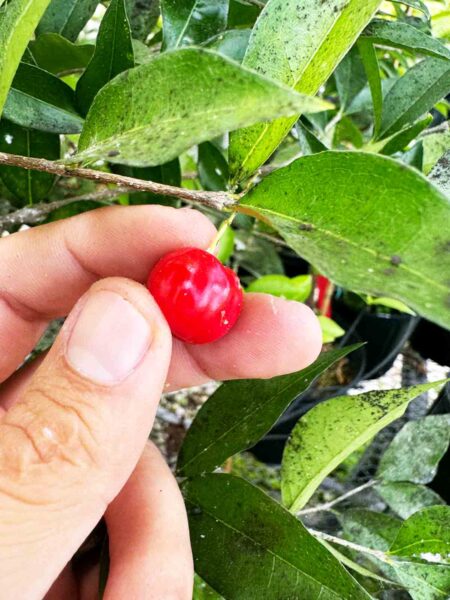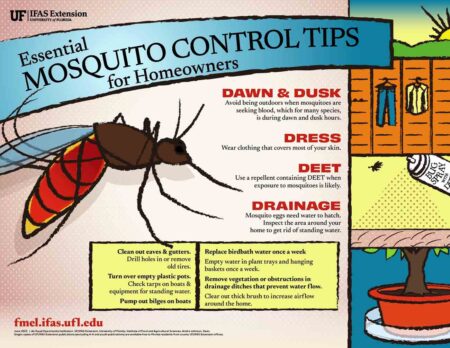NORTH FLORIDA — Early to mid-summer is the best time to propagate muscadine grapes. Muscadine grapes are native to the southeastern United States. They are tolerant to most insects and diseases and normally can be grown with a minimum of care.
Over the last 65 years, improved cultivars of muscadine grapes have been developed with superior fruit quality. In the wild, this native grape is propagated sexually from seed and asexually by a natural tendency to root from shoots that touch the ground.
Asexual propagation from cuttings produces a plant that is genetically identical to the parent vine while propagation from seed results in seedlings that vary genetically and that are not true to type.
Pete Andersen, UF/IFAS Extension Fruit Crops Specialist, provides the following advice on rooting muscadine cuttings.
The easiest and most common method of propagation is by using stem cuttings.
This is accomplished by selecting shoots that are 2 to 3 nodes long (6 to 8 inches long) with a ¼ to 3/8-inch diameter (about the diameter of a pencil). Keep grapevine shoots cool and moist during transport prior to planting.
Next, insert the basal end of each two to three node shoot in light-textured potting media. Dipping the basal end of each cutting in a root promoter such as Rootone, Hormodin or Dip-N-Grow may facilitate rooting. It is best to root grapevine cuttings in a location with daily watering.
An inexpensive mist bed can be constructed using PVC pipe, misters, and a time clock. Cuttings root in about two to three weeks, at which time misting can be reduced or discontinued.
Growers and hobbyists sometimes propagate grapevines by taking advantage of the tendency of muscadine shoots to form roots by a process called pegging.
This technique is most appropriate to root a small number of vines and does not require a mist bed. Simply cover a low-growing shoot with soil as it touches the ground.
Rooting efficiency can be increased by making shallow successive cuts to shoot prior to covering it with soil. After a month, roots should have formed and the shoot can be severed from the parent vine and planted. Make sure to keep the roots of the newly propagated vine evenly moist but not soggy wet.
For more information on our native muscadine grape, contact the UF/IFAS Extension Office in your County or visit the below link. https://edis.ifas.ufl.edu/pdf/HS/HS10000.pdf
Larry Williams is the Extension horticulture agent with the Okaloosa County Cooperative Extension Service, University of Florida. Contact Larry at 689-5850 or email lwilliams@myokaloosa.com.






